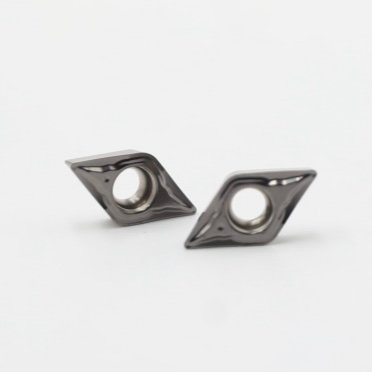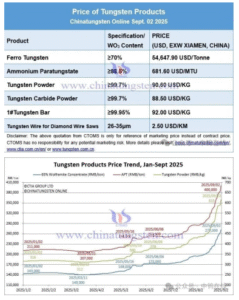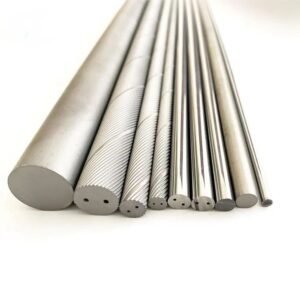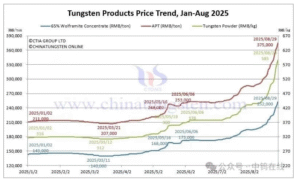Using suboptimal cutting tools leads to poor machining quality, excessive tool wear, and operational inefficiencies. Meeting the basic requirements of cutting tools ensures precision, durability, and optimal performance in machining operations.
A cutting tool must exhibit hardness, toughness, wear resistance, thermal stability, and precise geometry to deliver consistent and efficient machining results. Ensuring these characteristics helps enhance productivity and part quality.
Discover the essential attributes to consider when selecting cutting tools for various machining needs.
Why Is Hardness Critical for Cutting Tools?
Hardness allows the cutting tool to resist deformation under high pressure and temperature during machining. Tools made from carbide, ceramics, or diamond excel in hardness, ensuring they can cut through tough materials like steel and alloys without losing their cutting edge.
How Does Toughness Prevent Tool Failure?
Toughness refers to a tool's ability to resist chipping or breaking under impact or fluctuating forces. While hardness is crucial, a tool must also handle dynamic stress during operations like interrupted cuts, making toughness equally vital.
Why Is Wear Resistance Important in Cutting Tools?
Wear resistance ensures a tool maintains its cutting edge over prolonged use, reducing downtime and material waste. Coatings such as CVD or PVD provide an additional layer of protection against abrasion and chemical wear, extending tool life significantly.
What Role Does Thermal Stability Play in Tool Performance?
Cutting generates heat, especially at high speeds. A tool’s material must withstand high temperatures without losing hardness. Carbide tools excel in thermal stability, making them ideal for high-speed machining of heat-resistant materials like titanium alloys.
How Does Tool Geometry Affect Machining Results?
Proper tool geometry ensures smooth cutting, efficient chip removal, and superior surface finish. Key elements like rake angle, clearance angle, and edge sharpness must match the application requirements to minimize cutting forces and improve tool life.
How Does the Cutting Tool Material Influence Its Performance?
The material determines the tool’s hardness, toughness, and wear resistance. High-speed steel (HSS), carbide, ceramics, and polycrystalline diamond (PCD) are common choices. Carbide tools strike a balance between hardness and toughness, making them versatile for various applications.
What Are the Key Design Features of a Cutting Tool?
A cutting tool must have:
- Sharp Cutting Edges: For precise and efficient material removal.
- Appropriate Tool Coatings: To enhance wear resistance and heat dissipation.
- Customizable Features: For specific applications, such as threading or grooving.
How Can Proper Tool Maintenance Extend Its Life?
Regular cleaning, proper storage, and routine inspection prevent wear and damage. Replace worn tools promptly to maintain machining quality and minimize downtime.
In summary, cutting tools must meet basic requirements of hardness, toughness, wear resistance, thermal stability, and precise geometry. Selecting tools with these attributes ensures superior performance, durability, and cost-effectiveness.





